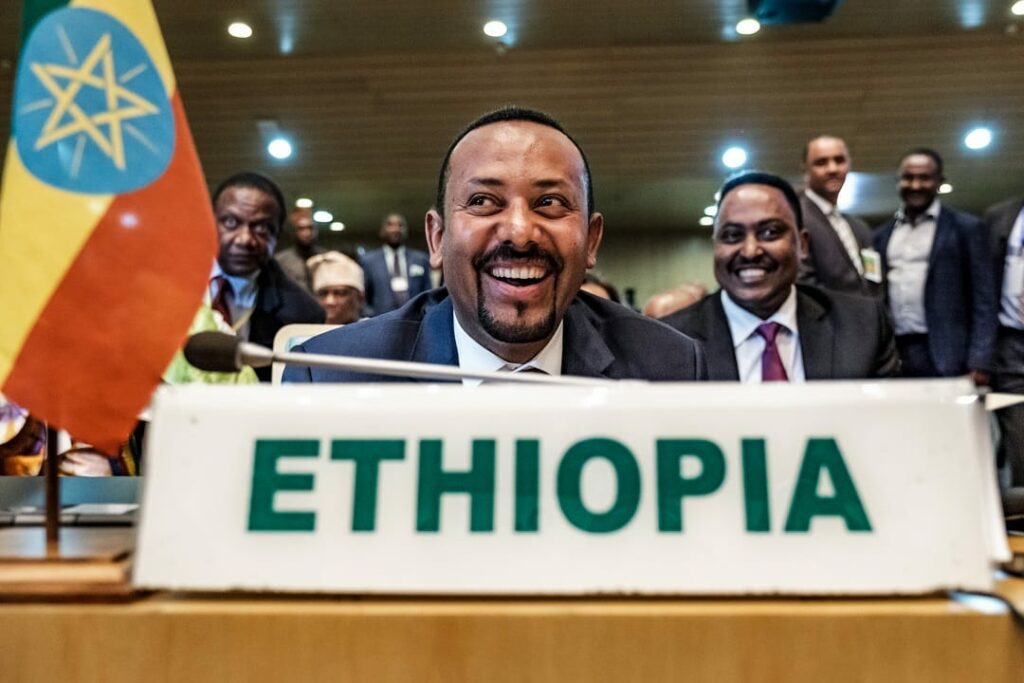The Rich Tapestry of Ethiopian History: A Journey Through Time

"Ethiopia: A Journey Through History, Culture, and Natural Wonders"
Discovery the History of Ethiopia
Introduction
Ethiopia, a country in the Horn of Africa, possesses a rich and diverse history spanning thousands of years. As one of the oldest nations in the world, Ethiopia has a captivating story to tell – from the ancient Kingdom of D’mt to the modern-day Federal Democratic Republic. In this blog, we will explore Ethiopian history in-depth, uncovering the events and achievements that have shaped this remarkable country.
"Ethiopia: A Mosaic of Splendor"
1. Early Civilizations and the Kingdom of D'mt
Ethiopia’s history can be traced back to the prehistoric era, with early human ancestors such as Australopithecus afarensis and Homo habilis roaming the region millions of years ago. The ancient Kingdom of D’mt, established around the 10th century BC, marked the emergence of the first known civilization in the region. The Kingdom of D’mt was an important trading hub, linking the Red Sea with the African interior and laying the groundwork for the rise of the mighty Aksumite Empire.
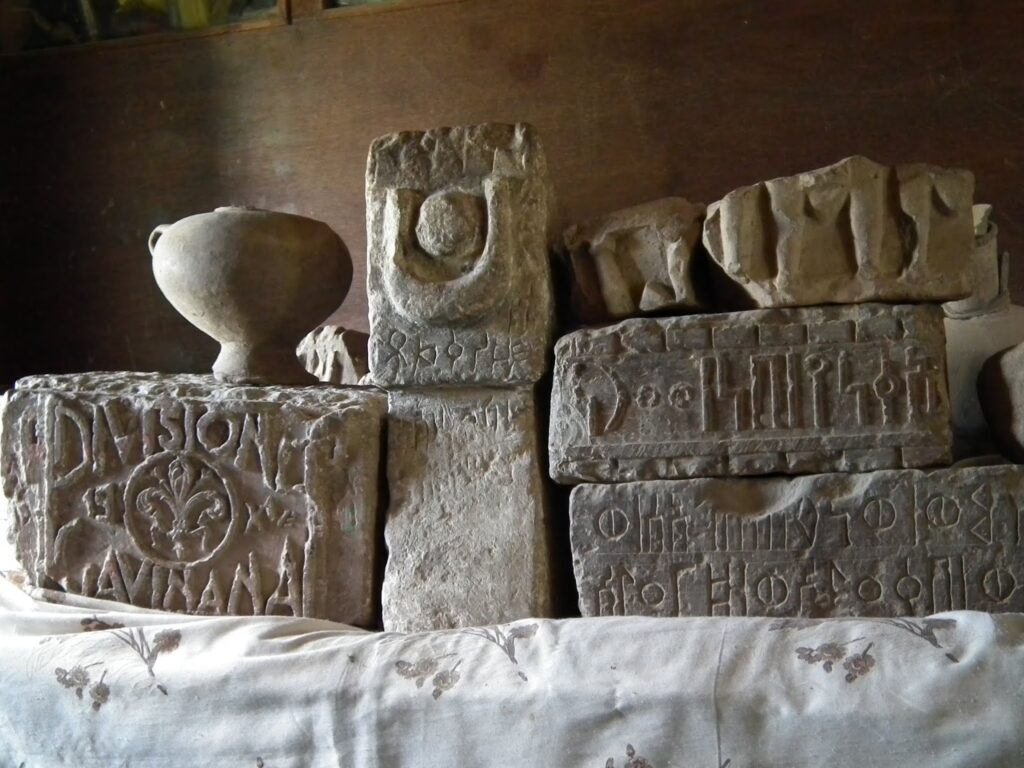
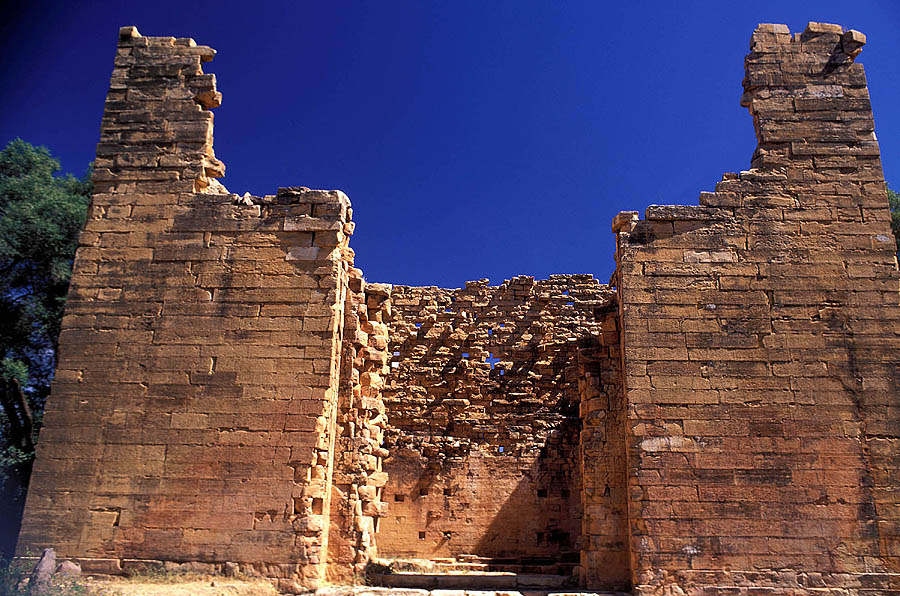
"Ethiopia: A Journey Through History, Culture, and Natural Wonders"
2. The Aksumite Empire: A Beacon of Ancient Africa
The Aksumite Empire (c. 100 – 940 AD) was one of ancient Africa’s most powerful and influential civilizations. At its height, the empire controlled vast territories encompassing present-day Eritrea, Ethiopia, and parts of Sudan, Yemen, and Saudi Arabia. The Aksumite Empire was renowned for its wealth, derived from trade and the minting of its currency. It was also a center of culture, religion, and technological innovation, contributing significantly to the development of Ethiopian identity.
"Ethiopia: A Mosaic of Splendor"
3. The Zagwe Dynasty and the Rock-Hewn Churches of Lalibela
Following the decline of the Aksumite Empire, the Zagwe Dynasty emerged in the 12th century, ushering in a new era of Ethiopian history. During this period, the famous rock-hewn churches of Lalibela were constructed, which remain an important pilgrimage site for Ethiopian Orthodox Christians. These architectural marvels, carved out of solid rock, are concrete evidence of the skill and creativity of Ethiopian artisans.
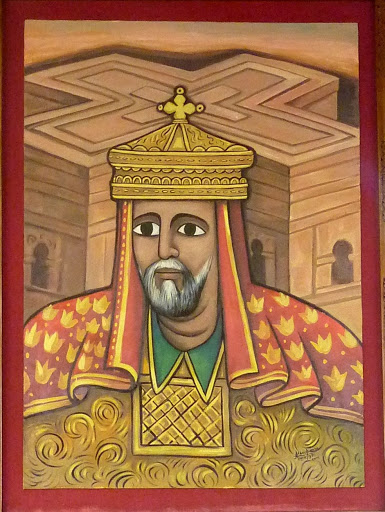
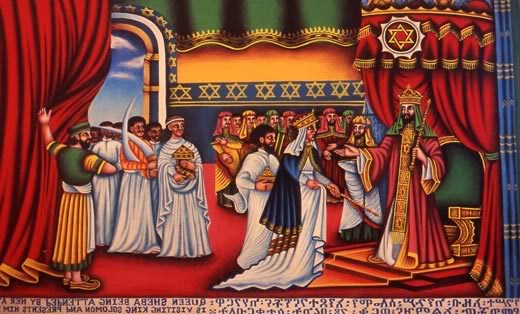
"Ethiopia: A Journey Through History, Culture, and Natural Wonders"
4. The Solomonic Dynasty: A Golden Age of Ethiopian History
The Solomonic Dynasty is a historically significant ruling dynasty in Ethiopia that claims descent from the biblical King Solomon and Queen of Sheba. According to Ethiopian tradition, the dynasty was founded in the 13th century by Yekuno Amlak. The last ruler of the Zagwe Dynasty was overthrown. However, the dynasty claims much earlier origins, with a narrative that traces its lineage back over 3,000 years. The Solomonic Dynasty is often associated with establishing a unified Ethiopian identity, spreading Christianity, and flourishing art, literature, and architecture.
One of the most notable periods of the Solomonic Dynasty was the reign of Emperor Menelik II in the late 19th and early 20th centuries. His dominion is often considered a golden age in Ethiopian history, as he successfully modernized the country and defended its independence against colonial powers, notably defeating the Italians at the Battle of Adwa in 1896. Another significant figure was Emperor Haile Selassie, who is often associated with modernizing reforms and the international recognition of Ethiopia. However, his reign ended with the rise of the Derg regime in 1974. The Solomonic Dynasty is deeply interwoven with Ethiopian culture, religion, and national identity, and it continues to hold a special place in the country’s historical narrative.
"Ethiopia: A Mosaic of Splendor"
5. The Era of Princes and European Influence
From the 18th to the 19th century, Ethiopia experienced a period of decentralization known as the Zemene Mesafint (Era of Princes), during which regional warlords vied for power. This era coincided with increased European influence in the region, leading to a series of treaties that reshaped Ethiopia’s borders. The unification of Ethiopia under Emperor Tewodros II marked the beginning of the modern Ethiopian state.
6. The Italian Occupation and the Struggle for Independence
In 1935, Fascist Italy invaded Ethiopia, sparking a brutal conflict that culminated in the brief Italian occupation of the country (1936-1941). Ethiopian forces, led by Emperor Haile Selassie, mounted a determined resistance against the invaders, ultimately securing Ethiopia’s independence with the help of Allied forces during World War II.

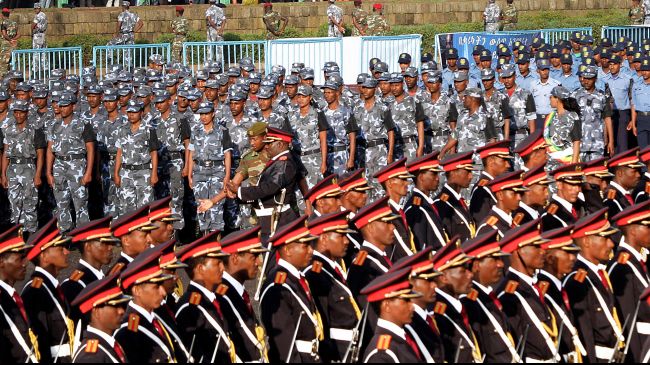
"Ethiopia: A Journey Through History, Culture, and Natural Wonders"
7. The Derg Regime and the Road to Democracy
The Derg Regime was a Marxist military junta that ruled Ethiopia from 1974 to 1991. It emerged following the ousting of Emperor Haile Selassie, which marked the end of the centuries-old monarchy. The Derg, led by Mengistu Haile Mariam, proclaimed itself a socialist government to redistribute wealth and land and modernize the country. However, the regime was marked by widespread human rights abuses, economic mismanagement, and extreme political repression. The Red Terror, a brutal campaign against political opponents mainly between 1976 and 1977, was one of the darkest periods under the Derg, during which tens of thousands of people were killed or imprisoned.
The road to democracy in Ethiopia began with the downfall of the Derg regime in 1991. After years of civil war and famine, which weakened the Derg, the Ethiopian People’s Revolutionary Democratic Front (EPRDF) managed to overthrow the military government. The Transitional Government of Ethiopia, which included various political groups, took control, intending to establish a democratic government. A new constitution was adopted in 1994, and the first multi-party elections were held in 1995. The journey toward democracy has been fraught with challenges, including ethnic tensions, political repression, and human rights issues. As of my last knowledge update in September 2021, Ethiopia is progressing towards a stable and inclusive democratic society.
"Ethiopia: A Mosaic of Splendor"
8. The Ethiopian People's Revolutionary Democratic Front (EPRDF) and the Fall of the Derg
The Ethiopian People’s Revolutionary Democratic Front (EPRDF) was a political coalition in Ethiopia composed of four main ethnic-based political parties. It played a significant role in the fall of the Derg regime. The Tigray People’s Liberation Front (TPLF) was an essential member of the EPRDF, alongside the Amhara Democratic Party (ADP), the Oromo Democratic Party (ODP), and the Southern Ethiopian People’s Democratic Movement (SEPDM). The TPLF held considerable influence within the group. Established in 1989, the EPRDF was formed as a united front against the military junta, combining various liberation movements that were active during the period of the Derg.
The fall of the Derg began as the EPRDF started gaining momentum and consolidating its forces. The EPRDF gradually weakened the Derg’s grip on the country through guerrilla warfare and strategic alliances with other anti-Derg factions. The situation was further exacerbated for the Derg by economic issues, famine, and the withdrawal of support from the Soviet Union. By 1991, the EPRDF forces advanced towards the Ethiopian capital, Addis Ababa, and the Derg collapsed. Mengistu Haile Mariam, the head of the Derg, fled the country. After the fall of the Derg, the EPRDF established a transitional government and began rebuilding the nation, transitioning Ethiopia from a Marxist-Leninist state to a federal democratic republic. However, the EPRDF’s rule was not without controversy and criticism, as ethnic tensions, human rights abuses, and political repression remained prominent.


"Ethiopia: A Journey Through History, Culture, and Natural Wonders"
9. The Federal Democratic Republic of Ethiopia: A New Era
The Federal Democratic Republic of Ethiopia emerged in 1991 after the fall of the Derg regime, marking a new era in Ethiopian history. The Ethiopian People’s Revolutionary Democratic Front (EPRDF), a coalition of ethnic-based parties, played a central role in establishing the new government. In 1994, a new constitution was adopted, establishing Ethiopia as a federal state with a multi-party political system. The constitution also granted significant autonomy to ethnically based regions. In 1995, the country held its first multi-party elections. Meles Zenawi became the Prime Minister, the Tigray People’s Liberation Front (TPLF) leader, and a key figure in the EPRDF.
Under the Federal Democratic Republic, Ethiopia experienced significant economic growth and development. However, the period was also marked by controversies and challenges. The EPRDF was criticized for monopolizing political power and suppressing opposition. Human rights abuses and press restrictions were prominent issues. Ethnic tensions persisted, often exacerbated by the federal structure emphasizing ethnic identities. The death of Meles Zenawi in 2012 and the subsequent appointment of Abiy Ahmed as Prime Minister in 2018 signaled some political changes. Abiy initiated a series of reforms, including releasing political prisoners and fostering peace with neighboring Eritrea. However, as of my last knowledge update in September 2021, Ethiopia still faces numerous challenges, including ethnic conflicts and questions about the sustainability of its political and economic reforms.
"Ethiopia: A Mosaic of Splendor"
10. Ethiopia Today: Challenges and Prospects
Under Prime Minister Abiy Ahmed, Ethiopia faces a mix of challenges and prospects. Abiy Ahmed, who assumed office in April 2018, initially garnered widespread praise for initiating significant political and economic reforms. He released political prisoners, eased restrictions on the media, and made peace with neighboring Eritrea, for which he was awarded the Nobel Peace Prize in 2019. However, the nation also faces severe challenges, such as internal ethnic conflicts, especially in the Tigray region, where a devastating conflict erupted in late 2020 between the federal government and the Tigray People’s Liberation Front (TPLF). This conflict has resulted in thousands of deaths and widespread displacement.
Looking to the future, Ethiopia’s prospects are still being determined. The country has immense potential with its young population, abundant natural resources, and strategic location in the Horn of Africa. However, addressing the internal ethnic tensions, ensuring political stability, and fostering inclusive economic development is critical. The government’s ability to successfully conduct free and fair elections, manage its relationships with different ethnic groups, and tackle poverty and unemployment will be critical factors in determining Ethiopia’s trajectory in the coming years.
Conclusion
Ethiopia’s history is a rich tapestry of diverse civilizations, cultures, and political systems, each contributing to the nation’s unique character. While the country has faced numerous challenges throughout its history, it has also demonstrated remarkable resilience and an ability to adapt to flexible circumstances. As Ethiopia continues to navigate the complexities of the modern world, its rich historical legacy is a source of inspiration and a foundation to build a brighter future.
